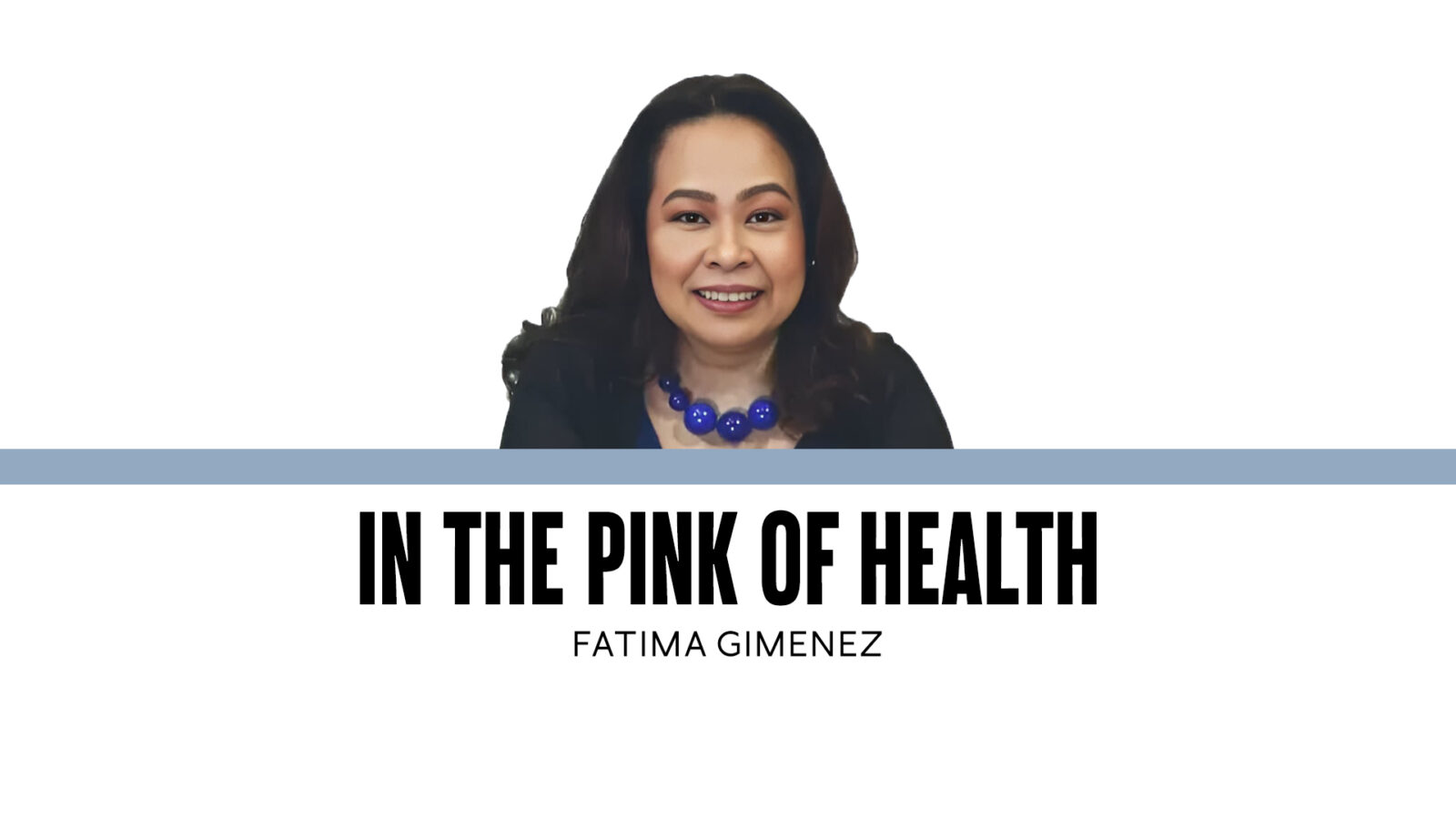Communicating empathy

So how do we break the bad news? My young colleague came up to us with a near-pleading look and said, “I am a crybaby and my heart is breaking.” She was visibly trying to hold her emotions in. The most senior member of the team smoothly took over and asked the resident and the fellow to prepare the conference room so that we could meet with the family.
The main intention of any multidisciplinary gathering is always to lay down the situation in black and white and hopefully provide clarity to ongoing concerns. This is always explained at the beginning of the discussion to emphasize that the team is there to assist, and not to decide for the family. As any physician knows, the hardest part is when we come to the point where we need to express that we are at the end of the line and have exhausted all interventions medically available and humanly possible for their loved one’s condition. The huge responsibility will always lie with the primary attending, who, much like a maestro, will orchestrate the proceedings. In instances where palliation is the only option, how do we help all parties involved—doctor, patient, and family—to come to terms and be at peace with the shared decision?
In the past three weeks, I have found myself more introspective than usual. The succession of extremely critical cases is not only an ongoing learning experience from a medical aspect, but has also become an opportunity to ask myself, as part of the team, if I have effectively communicated with sufficient empathy in these intense interactions. While medical school had subjects on ethics, proper bedside manners, communication skills, and doctor-patient relationships, I don’t recall having a subject exclusively dedicated to how to be more empathetic.
You may ask, what is sufficient, and what is your yardstick to measure it? The answer, in part, will most probably lie in reflecting on the kind of relationship that your patient and their family have with you, irrespective of the length of your encounter. Relationships—other than those of a doctor and patient—that involve showing genuine empathy encourage open and honest communication and help build that needed trust and confidence.
So how do we best communicate that we empathize?
The first step would always be to employ active listening. Choose to be in an environment that is comfortable and free from distraction. Give your full attention and show that you are engaged by maintaining eye contact and allowing the speaker to finish before you respond. For the physician, after having given your explanation of the case, learn to listen instead of giving in to the urge to dominate the conversation. This is their time to ask questions, express their feelings and expectations, and provide you with their own perspectives. Avoid biases and being judgmental. Through it all, remember to always be gently transparent, while at the same time realistic about possibilities. While there are situations in which you know that survival or prognosis is poor, be very sensitive to timing and the manner of delivery. Oftentimes, it is the patient or the parents themselves who will give you soft signals that they are on the road to acceptance.
Second, learn to recognize nonverbal cues. As a young doctor starting a practice, my focus was more on sharing skills and expertise to help a patient and his family understand the situation, and immediately thereafter, I expected to be given answers. Through the years, I have come to realize that while these are vital, a larger portion of what matters is often left unsaid by the patient or the family. Acknowledging and acting on nonverbal cues are precious moments that should be seized to convey empathy. In the absence of words, more powerful than facial expressions are the eyes, which will always be a clear indicator of feelings of anxiety, panic, confusion, detachment, disbelief, and denial upon receipt of news that can be devastating. Witnessing these and becoming more attuned has always caused me to recalibrate both the depth and the tempo of conversations.
Third, learn to contain and focus on the needed information at that very moment. Seek permission on how much a patient or the family would like to know about their health condition. As physicians, we tend to give an all-encompassing narrative and expect it to be fully absorbed in one discussion, forgetting the many factors that need to be considered.
Whoever said that time helps you understand more about yourself, people, life, and living was correct. Being fortunate to have been led to a people-oriented profession makes me appreciate the beauty of being and learning to be more human.
—————-
timgim_67@yahoo.com


















